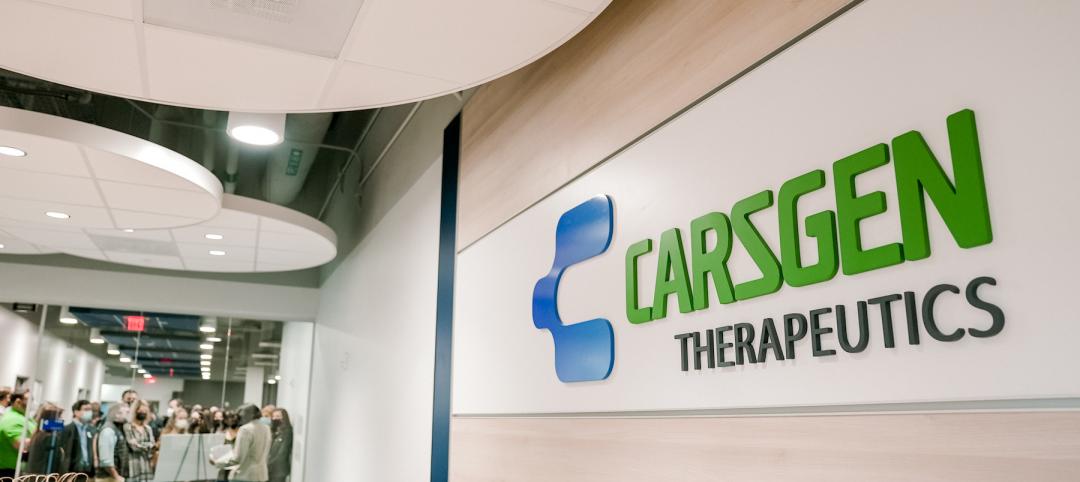Design-assist is not without potential drawbacks. Here are some common concerns—and how your Building Team can reassure clients that DA is worth considering.
OWNER CONCERN: Lack of familiarity with design-assist. DA is a relatively new delivery model. Architects and CMs may have a tendency to revert back to traditional roles.
PLAN OF ACTION: Although the DA process produces a more efficient, collaborative design process, care must be taken to ensure that the collaborative process continues throughout construction. During construction, there are inevitable owner concerns. That’s why it’s important to have established a process to address these changes. The collaborative process can be used to resolve challenges in a quick, cost-effective manner.
OWNER CONCERN: Subcontract administration. The subcontractor might not perform as expected or fall out of line with the budget.
PLAN OF ACTION: It is important to administer a preconstruction contract with the DA subcontractor, which allows the owner to terminate the agreement at any time prior to construction. This acts as a safeguard when a subcontractor’s pricing is not in line with the budget, and there is no reasonable way to get to the budget; in such a case, the owner would have reasonable cause to terminate the subcontractor’s contract. In this situation the trade package would need to be bid, which could push back the schedule depending on the selection process.
OWNER CONCERN: Obtaining competitive pricing. Some owners believe early involvement with subcontractors and the construction manager in the project precludes them from receiving competitive bids.
PLAN OF ACTION: Because the construction team is hired early in the design phase, the Building Team can obtain benchmark prices during the programming phase, making competitive pricing feasible. The Building Team can also obtain nonbinding preliminary price proposals during the DA selection process based on initial plans, such as schematic drawings; binding final prices can be submitted upon completion of the plans.
OWNER CONCERN: Added costs of the DA process. Design-assist may add time and cost to the design phase of the project due to additional collaboration with subcontractors and added time to procure services.
PLAN OF ACTION: The reductions achieved in construction cost and schedule should offset additional costs during the design phases, making design-assist advantageous overall.
OWNER CONCERN: Design liability. Greater collaboration among the architect, engineer, subcontractors, and construction manager might raise questions about who has responsibilities and design liability throughout the process.
PLAN OF ACTION: The project team should clearly set obligations and liabilities of the team members with respect to plans, specifications, and the building information model (if applicable) to overcome this concern. You should also develop a design-assist execution plan to identify roles, responsibilities, and deliverables for all team members.
Related Stories
Concrete Technology | Apr 19, 2022
SGH’s Applied Science & Research Center achieves ISO 17025 accreditation for concrete testing procedures
Simpson Gumpertz & Heger’s (SGH) Applied Science & Research Center recently received ISO/IEC17025 accreditation from the American Association for Laboratory Accreditation (A2LA) for several concrete testing methods.
Senior Living Design | Apr 19, 2022
Affordable housing for L.A. veterans and low-income seniors built on former parking lot site
The Howard and Irene Levine Senior Community, designed by KFA Architecture for Mercy Housing of California, provides badly needed housing for Los Angeles veterans and low-income seniors
Building Team | Apr 18, 2022
Shive-Hattery Acquires WSM Architects
Shive-Hattery announces that it has acquired WSM Architects, Inc., a 13-person architecture firm in Tucson, Arizona.
Building Team | Apr 15, 2022
Frank Gehry to design his largest building yet for his hometown of Toronto
Famed architect Frank Gehry will design his largest building to date for his hometown of Toronto, Canada.
Healthcare Facilities | Apr 14, 2022
Healthcare construction veteran creates next-level IPD process for hospital projects
Can integrated project delivery work without incentives for building team members? Denton Wilson thinks so.
Industrial Facilities | Apr 14, 2022
JLL's take on the race for industrial space
In the previous decade, the inventory of industrial space couldn’t keep up with demand that was driven by the dual surges of the coronavirus and online shopping. Vacancies declined and rents rose. JLL has just published a research report on this sector called “The Race for Industrial Space.” Mehtab Randhawa, JLL’s Americas Head of Industrial Research, shares the highlights of a new report on the industrial sector's growth.
High-rise Construction | Apr 14, 2022
Seattle’s high-rise convention center nears completion
The new Washington State Convention Center Summit Building—billed as the first high-rise convention center in North America—is on track to complete most of its construction later this year.
Building Team | Apr 14, 2022
TLC Engineering Solutions, Inc. acquires Moye I.T. Consulting, LLC
TLC Engineering Solutions, Inc. (TLC) is excited to announce that Moye I.T. Consulting, LLC (Moye Consulting) has joined the TLC team, expanding the breadth of its IT and Technology capabilities, as well as its national portfolio.
Laboratories | Apr 7, 2022
North Carolina's latest play for biotech real estate development
The Tar Heel State is among a growing number of markets rolling out the welcome mat for lab spaces.
Multifamily Housing | Apr 7, 2022
Ken Soble Tower becomes world’s largest residential Passive House retrofit
The project team for the 18-story high-rise for seniors slashed the building’s greenhouse gas emissions by 94 percent and its heating energy demand by 91 percent.
















